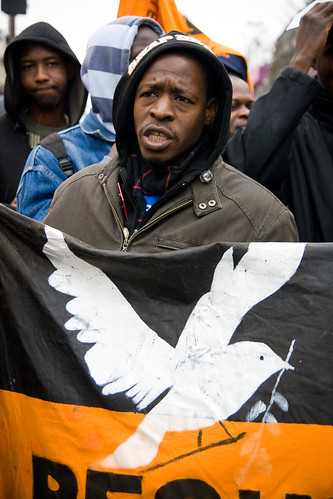.jpeg)
Click on the image to zoom in
Hi,
Now that my last English course has finished, I think it’s really important to update my PLE (Personal Learning Environment) and reflect a bit on what new tools I learned to use during the second semester to improve my Intercultural Communicative Competence (ICC)
As you know, at the end of the first semester, I was asked to carry out my PLE for the first time in my life, and I found out that it’s extremely useful for critically thinking about the processes, people and tools that are involved (or not) in my learning environment. Of course, many of the things I included in my PLE at the end of the first semester (click here to see it) are and will be always central to my lifelong learning process! Anyway, I’d like to point out that there are some interesting ‘new entries’ in my PLE thanks to the Padova-Dickinson exchange! You can see them in the yellow nodes in the image above.
At the end of the first semester, I was undoubtedly aware that my last English course was aimed at improving not only my language competence, but also my intercultural competence. However, only in the second semester, I started to use new wonderful tools for my intercultural learning like Skype and Facebook. Thanks to these media, now I can get in touch with my friends from any place of the world, at any time and without spending anything (except for my 24 hours/day broadband connection charge of course ;-). That’s absolutely amazing! I can not only speak or chat with them but also exchange photos and videos… Sometimes images speak more than thousands of words!
Another great source of information is the Interculture Wiki which hosts the Padova-Dickinson exchange and other intercultural projects as well. There my peers and I developed some interesting wiki pages about
Well, there is, then, a big appointment that I can’t miss in my life: after taking my degree, I want to travel a little abroad. Certainly, this will be the best way to directly experience cultural differences and, at the same time, improve and test my intercultural competence.
Finally, this course taught me that assessing your intercultural competence is important, and the only person who can do this is yourself! Two tools that can help me with this task are the YOGA form and the questionnaires I filled in at the end of our course (ICC_Assessment). I do think that it would be really useful to self-assess how my intercultural competence varies according to the experiences I will have in my future (social networking, travelling, working relationships, reading, watching movies, Skyping, etc.).
Elena








